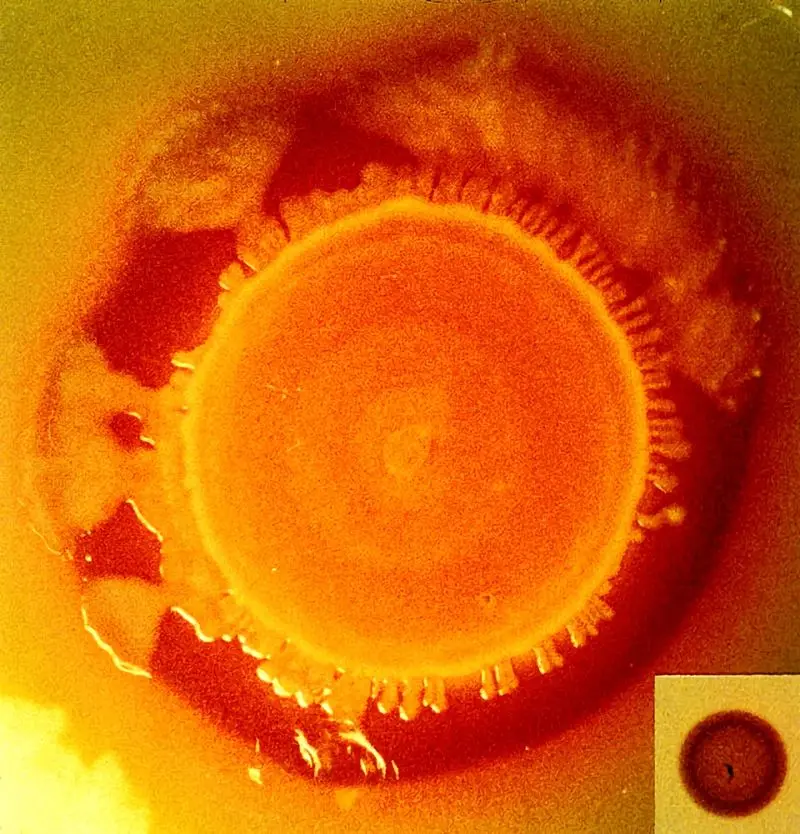 Are the starting of the frog which holds the heels together.... ↪ Read more
Are the starting of the frog which holds the heels together.... ↪ Read more Veterinary Drug Handbook (VDH) is the reference veterinarians turn to when they want an independent source of information on the drugs that are used in veterinary medicine today.
-
 Is veterinary Liniment Gel safe for humans?
Is veterinary Liniment Gel safe for humans? -
 Giving Your Cat A Pill
Giving Your Cat A Pill -
 Dog Aggression
Dog Aggression -
 Dogs May Help Boost Infant Health
Dogs May Help Boost Infant Health -
 Animal-Assisted Therapy, Veterinary Social Work, & Social Work With People & Pets in Crisis
Animal-Assisted Therapy, Veterinary Social Work, & Social Work With People & Pets in Crisis -
 On-demand veterinary service gives advice on poorly pets
On-demand veterinary service gives advice on poorly pets -
 Should we stop throwing sticks for dogs?
Should we stop throwing sticks for dogs? -
 Can breathing in cat hair be harmful?
Can breathing in cat hair be harmful? -
 What does PU/PD mean in veterinary medicine?
What does PU/PD mean in veterinary medicine? -
 Bill calls for ban on sales of dogs, cats in Maine pet stores
Bill calls for ban on sales of dogs, cats in Maine pet stores -
 Common Meanings Of Cat Behavior
Common Meanings Of Cat Behavior -
 What does DVM stand for in veterinary?
What does DVM stand for in veterinary? -
 Curing Bad Cat Breath
Curing Bad Cat Breath -
 New Tracking Tool for Pathogen Investigators
New Tracking Tool for Pathogen Investigators -
Can binturongs be kept as pets?
-
 How long do instruments stay sterile after autoclaving veterinary?
How long do instruments stay sterile after autoclaving veterinary?
BULBS
BUFFALO
BUCK KNEE
BRUSHING
BRUISE
 The rupturing of blood vessels within sensitive structures resulting from trauma. Hoof bruises often result from the horse stepping on stones. Bruises can also occur in any sensitive structue, including the frog and the bulbs of the heels. a.k.a: Strawberries.... ↪ Read more
The rupturing of blood vessels within sensitive structures resulting from trauma. Hoof bruises often result from the horse stepping on stones. Bruises can also occur in any sensitive structue, including the frog and the bulbs of the heels. a.k.a: Strawberries.... ↪ Read more BROTHERHOOD OF WORKING FARRIERS ASSOCIATION
BROKEN-OUT
 Refers to an angular limb deformity where a joint is farther away from the other limb than it should be.... ↪ Read more
Refers to an angular limb deformity where a joint is farther away from the other limb than it should be.... ↪ Read more BROKEN-IN
 Refers to an angular limb deformity where a joint is closer to the other limb than it should be.... ↪ Read more
Refers to an angular limb deformity where a joint is closer to the other limb than it should be.... ↪ Read more BROKEN FORWARD
 A broken forward pastern axis is where one of the phalanges is at a lower angle than the one below it.... ↪ Read more
A broken forward pastern axis is where one of the phalanges is at a lower angle than the one below it.... ↪ Read more BROKEN BACK
 A broken back pastern axis is one where one of the phalanges is at a steeper angle than the one below it.... ↪ Read more
A broken back pastern axis is one where one of the phalanges is at a steeper angle than the one below it.... ↪ Read more BRIDGE
 The balance point between the anterior and posterior halves of the well-shod foot. Located halfway between the toe and the bulbs of the heel. The term was created by Dave Duckett.... ↪ Read more
The balance point between the anterior and posterior halves of the well-shod foot. Located halfway between the toe and the bulbs of the heel. The term was created by Dave Duckett.... ↪ Read more BREAK OVER
 This occurs during that part of the stride when the limb is beginning to move forward and the anterior portion of the hoof leaves the ground. Break over point is that place on the ground surface of the dorsal wall and sole around which the limb rotates as the hoof leaves the ground. An unbalanced... ↪ Read more
This occurs during that part of the stride when the limb is beginning to move forward and the anterior portion of the hoof leaves the ground. Break over point is that place on the ground surface of the dorsal wall and sole around which the limb rotates as the hoof leaves the ground. An unbalanced... ↪ Read more Popular Diagnoses
Packed cell volume (PCV, hematocrit) Reflex ovulator Mucolytic Microfilaricide Bronchodilator Hematocrit Glucocorticoid Monoamine oxidase inhibitor (MAOI) ↪ All veterinary diagnoseOther Diagnoses
Nonpathogenic Nonseptic Non-steroidal anti-inflammatories (NSAIDS) Nutraceutical Nutrient Nystagmus Obligate Carnivore Obsessive compulsivePopular Veterinary Clinics
VCA Welborn Animal Hospital, 7860 Washington Avenue Kansas City, KS 66112 USA MedVet Columbus, 300 East Wilson Bridge Road, Worthington, OH Rutland Veterinary Clinic & Surgical Center, 90 East Pittsford Road, Rutland, VT VCA Paradise Valley Emergency Animal Hospital, 6969 East Shea Boulevard Suite 150 Scottsdale, AZ 85254 USA Connecticut Veterinary Center & Pet ER, 470 Oakwood Ave West Hartford, CT 06110 USA Norway Veterinary Hospital, 10 Main St P.O. Box 273 Norway, ME 04268 USA Craig Road Animal Hospital, 5051 West Craig Road, Las Vegas, NV Abri Veterinary Hospital Inc, 1449 Trademart Boulevard Winston-Salem, NC 27127 USA ↪ All veterinary clinicsOther Veterinary Clinics
Battle Ground Veterinary Clinic, 4410 Swisher Rd West Lafayette, IN 47906 USA Bloomington Veterinary Hospital, 115 North Smith Road Bloomington, IN 47408 USA Abel Keppy Animal Hospital, 619 14th Street Bettendorf, IA 52722 USA Adams Pet Hospital, 5875 Saratoga Road Asbury, IA 52002 USA, Dubuque Adel Veterinary Clinic, 619 Greene St. Adel,, IA 50003 USA Altoona Veterinary Hospital PC, 3070 8th Street SW, Altoona, IA Ames Pet Hospital, PC, 1400 Dickinson Ave. Ames, IA 50014-5555 USA Animal Care Clinic West Clocktower Square, 2900 University Ave, Ste F5 West Des Moines,, IA 50266 USAPopular Drugs
DOXYLAMINE SUCCINATE Doses - PENICILLIN V POTASSIUM Doses - METHYLPREDNISOLONE, METHYLPREDNISOLONE ACETATE, METHYLPREDNISOLONE SODIUM SUCCINATE ACEPROMAZINE MALEATE Doses - PREDNISOLONE, PREDNISOLONE SODIUM SUCCINATE, PREDNISOLONE ACETATE, PREDNISONE Doses - FURAZOLIDONE Doses - FERROUS SULFATE Doses - LEVAMISOLE ↪ All veterinary drugOther Drugs
CEPHALOSPORINS (GENERAL INFORMATION) CEPHALOTHIN SODIUM Doses - CEPHALOTHIN SODIUM CEPHAPIRIN SODIUM, CEPHAPIRIN BENZATHINE Doses - CEPHAPIRIN SODIUM, CEPHAPIRIN BENZATHINE CHARCOAL, ACTIVATED Doses - CHARCOAL, ACTIVATED CHLORAMBUCILPopular Terms
Subalbinotic Steatis Uteroverdin Paradoxical CSF acidosis Figure of 8 suture pattern Nerve root signature Ovariohysterectomy Abrev OVH Signalment ↪ All veterinary termOther Terms
All in, all out management system Allergic contact dermatitis Abrev ACD Allodynia Aluminum hydroxide Alveolus American Animal Hospital Association Abrev AAHA Amino acids Amiodaroneveterinary-help.com
© 2011-2025 Veterinary Clinics, Diagnoses, Terms and Drug Handbook Online





